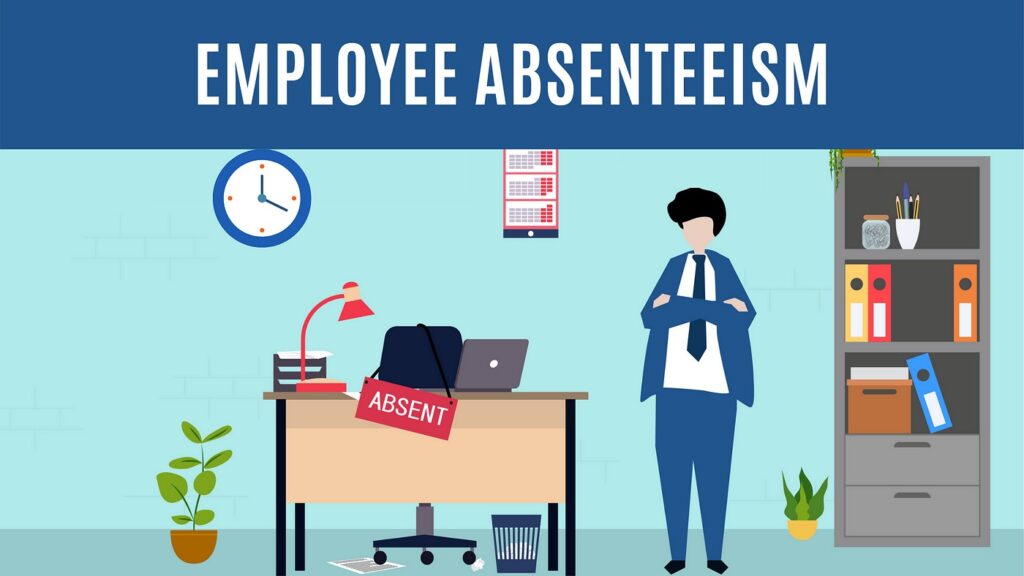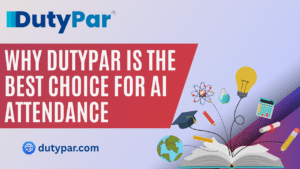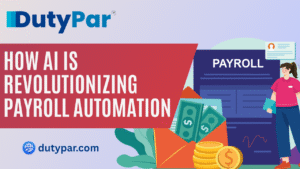
Table of contents
- Introduction
- Understanding Why Predicting Absenteeism at the Workplace Is Crucial
- Gathering the Right Data for Absence Prediction
- From Statistics to Machine Learning: Methods for Absence Forecasting
- Building a Reliable Absence-Prediction Workflow
- Ensuring Privacy and Ethical Use of Data
- Measuring the Success of Your Absence-Prediction Program
- Looking Ahead: The Future of Absence Prediction
- Conclusion
Introduction
All organizations across the globe face the same challenge: unplanned absences. When employees leave work suddenly to call in sick, projects get delayed and workloads spiral out of control. That’s why predicting absenteeism at the workplace is more important than ever. The ability to predict absenteeism, and in particular to predict in advance who will be missing, enables managers to make arrangements to fill in the gap, to help arrange cover for employees who might need some help, and to better manage workloads. In this blog, we look at how predicting absenteeism at the workplace is possible, why it delivers tangible value, and how you could implement a reliable absence prediction system.
Understanding Why Predicting Absenteeism at the Workplace Is Crucial
When a staff member takes unplanned leave, it doesn’t just impact that person’s desk. It affects teams, budgets, and timelines. If you think about absenteeism at work, you go from reacting—frantically trying to find replacement staff—to planning with intention. A strong absence-predicting process reveals information about patterns in past attendance and factors that lead to unplanned leave. That information helps leaders to schedule work more intelligently, provide timely support, and avoid the costs of emergency overtime.
For most organizations, simply logging sick days provides only a portion of the true picture. Real predictive analytics combines attendance data and larger context: seasonal illnesses, peak workloads, local events, etc. With this more comprehensive view, HR teams can identify trends such as a 20 percent rise in sick calls during back-to-school season. Having that kind of warning, even two weeks ahead of time, is immensely helpful. Managers can encourage teams to get flu shots, rotate shifts to reduce stress, and push off non-critical tasks. In essence, when organizations are able to predict frequency and likelihood of absenteeism at the workplace, it allows them to take action before the problem occurs.
Gathering the Right Data for Absence Prediction
Quality data is essential to predicting absenteeism at work. It won’t be as simple as just tracking log ins and log outs. Leading companies combine several streams of data. They look at attendance logs from HR, they also take data from voluntary health screening findings, as well as anonymous employee surveys about stress level and job satisfaction. Some companies use shift-schedule data and analyze which shift patterns will create more unplanned leave. Other use external factors, such as serious weather events or public holidays.
Once these diverse datasets have been pulled into a cohesive system, analysts clean and harmonize the data. Missing values are filled, and variances in labels are standardized. This level of cleaning and processing is necessary so when the predictive modelling gets run they can be evaluated meaningfully against each other. As time goes on, the new data-provided on a week to week or month to month basis-will keep the original prediction model data ‘alive’. The ongoing cycle of collecting, cleaning and integrated datasets makes it possible to meaningfully predict absenteeism at work.
From Statistics to Machine Learning: Methods for Absence Forecasting
Organizations use various models to predict absenteeism. Simple statistical models, which track average sick days and seasonal trends, work well for small teams with stable patterns. However, as organizations grow and absence drivers become more complex, machine learning models are more effective. They analyze multiple variables—like tenure, attendance history, and departmental demands—to uncover patterns linked to unplanned leave.
In addition, time-series forecasting is another useful approach. It considers attendance history as a sequenceministerium in the history of data points and allows the model to identify patterns of cycles, such monthly workloads overload peaks (for example) or yearly flu outbreak periods, etc. Rule based engines are another option, as they embed functions in the process that reflect business policy. For instance, the business rule could state any employees who take more than three sick days in any one month, would be flagged for relative review. When engages and according to the precise levels and combinations of parameters and methods, gives organizations the possibility of improving their prediction of absenteeism at the workplace tiltak.
Building a Reliable Absence-Prediction Workflow
Establishing an effective absenteeism prediction system is an easy, repeatable process. First, combine all of your clean data into a training data set. Then, split this set of data so that the model can learn from one set and validate results with the other. Data scientists will attempt many different algorithms from logistic regression to decision trees to see which produces the best accuracy. Once the best model has been produced, the model is put into production where it receives real-time attendance updates and daily recalculation of risk score.
Equally as important is real time incorporation these predictive insights into day-to-day operations. When the system predicts a greater chance of absence on a certain day of the week, managers are automatically notified. Managers can then quickly and easily reassign tasks, delay deadlines, or get temporary coverage for that task instead of waiting for someone to call in sick. This ability to act on predictive analytics turns predicting workplace absenteeism from a static report into a dynamic, strategic tool.
Ensuring Privacy and Ethical Use of Data
Handling sensitive health and attendance information demands rigorous privacy safeguards. Organizations must anonymize personal data before analysis and secure it according to regulations like HIPAA or GDPR. Clear policies—communicated openly—reassure employees that their data serves to support them, not penalize them. Trust builds when team members know that absence-prediction systems aim to improve work-life balance and overall wellbeing. Balancing predictive power with respect for individual rights ensures that predicting absenteeism at the workplace remains both effective and ethical.
Measuring the Success of Your Absence-Prediction Program
To prove the value of predicting absenteeism at the workplace, track a set of clear metrics. Monitor prediction accuracy rates to ensure your models stay on target. Measure reductions in emergency overtime and temporary staffing costs. Survey employees to capture changes in morale and perceived support. Many organizations see payoffs quickly: project delays shrink, service levels improve, and staff engagement climbs. Sharing these results with leadership and frontline teams reinforces the importance of maintaining robust absence-prediction efforts.
Looking Ahead: The Future of Absence Prediction
As technology progresses, the ways that absences might be predicted in the workplace will undoubtedly improve. Wearables may soon begin to feed real-time health information into models of predicting absenteeism. Sentiment analysis applied to the organization’s internal communications might begin to measure rising stress levels potentially weeks before a sick day might occur. Although available to, not necessarily affordable, for all businesses, cloud-based AI providers will extend predictive capabilities of sophisticated models with fewer resources, even to very small enterprises. Each iteration of a new technology increases the accuracy and advance notice to help organizations better take care of their people and run a more efficient organization.
Conclusion
Predicting absenteeism at work represents a catalytic evolution from getting by on unplanned leave toward balancing workforce planning. Companies can save money and improve employee wellbeing, and even team resilience, by pulling together heterogeneous data, using sophisticated analytics, and integrating it (privately) into day-to-day operations. As predictive tools become more powerful, leaders who adopt absence forecasting will be taking an advantage with foresight and movement. Get going today: establish your data pipeline, select the appropriate models, and turn ‘absence management’ into a differentiator.
Reference: ResearchGate





